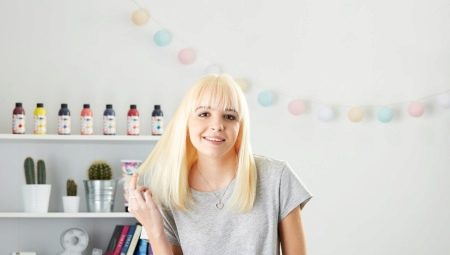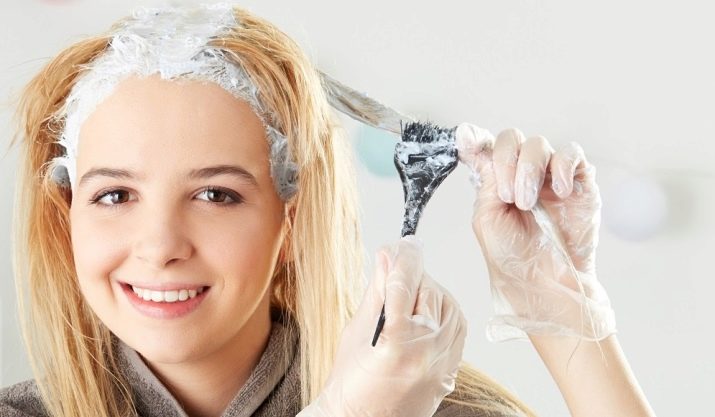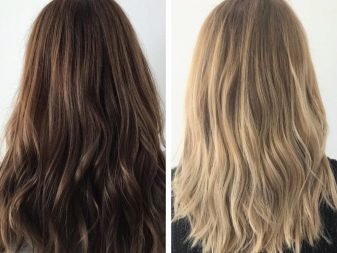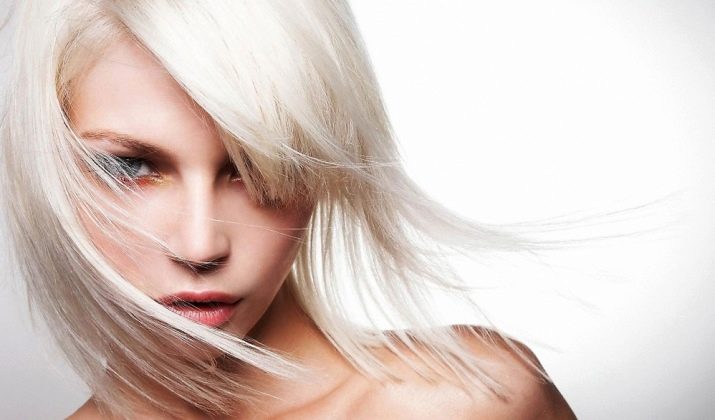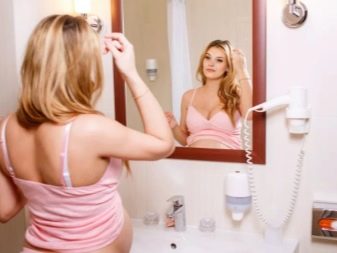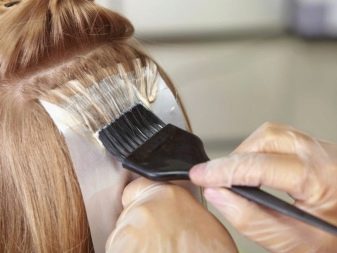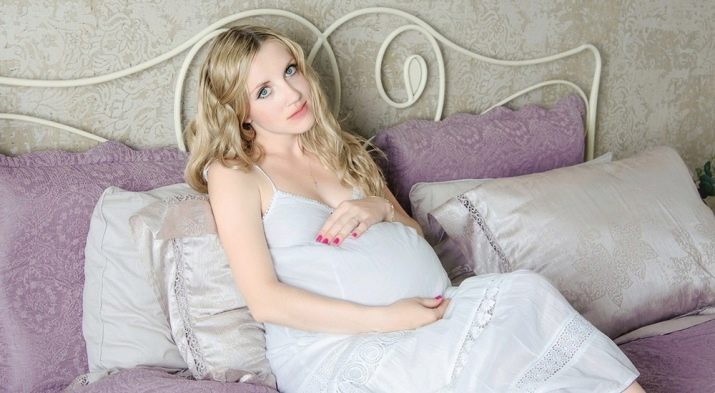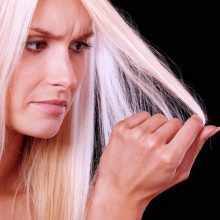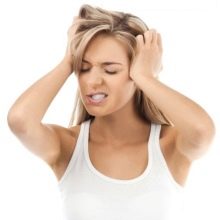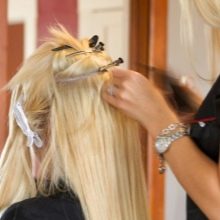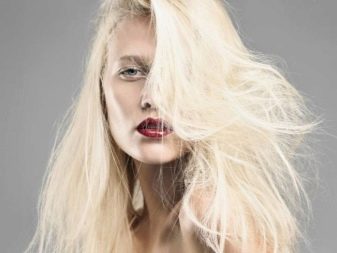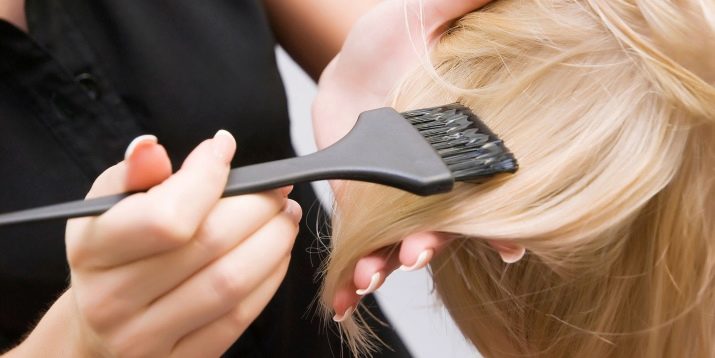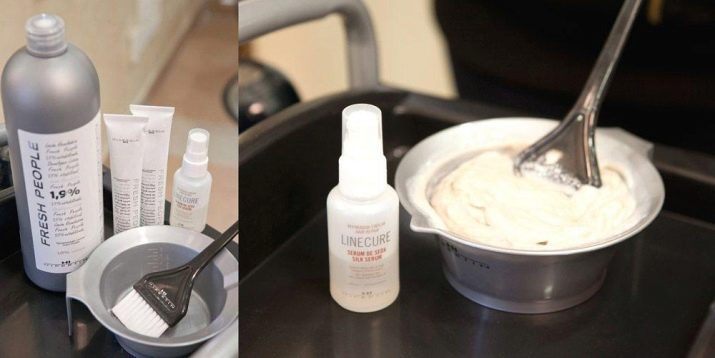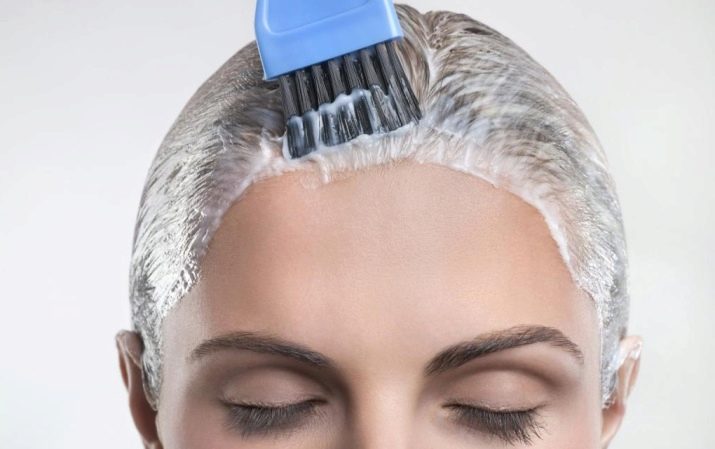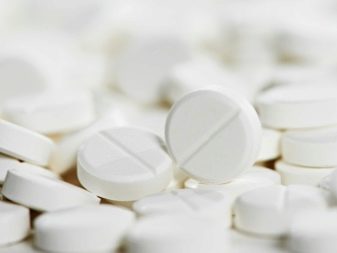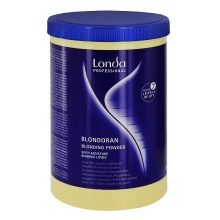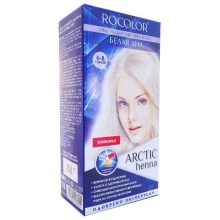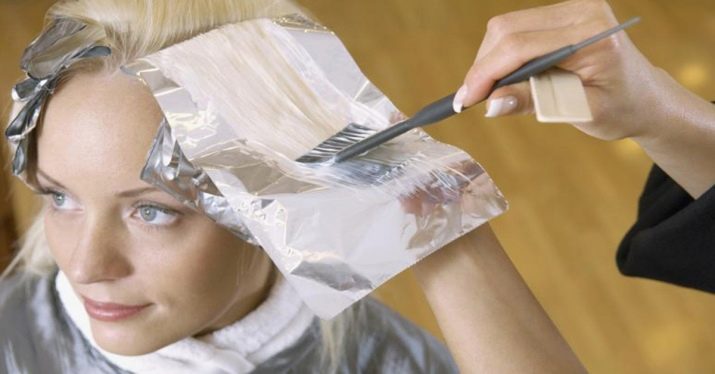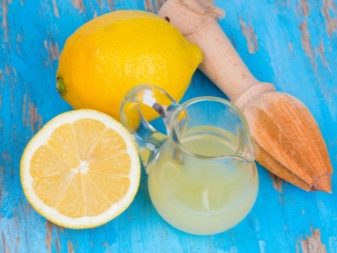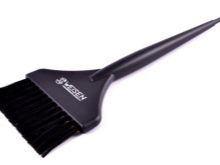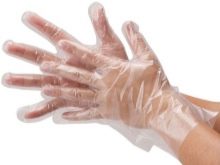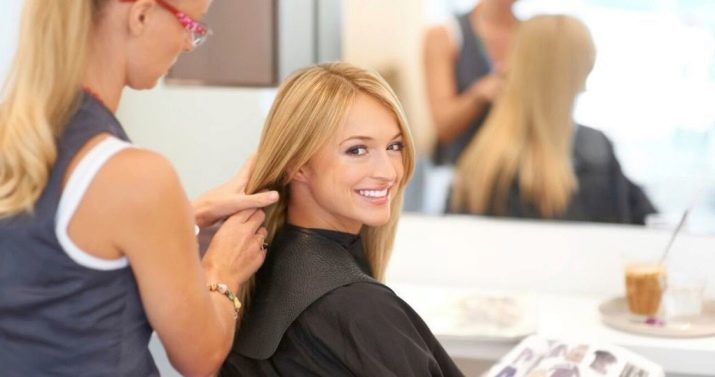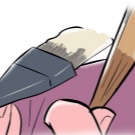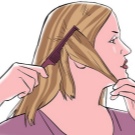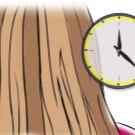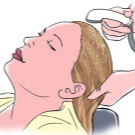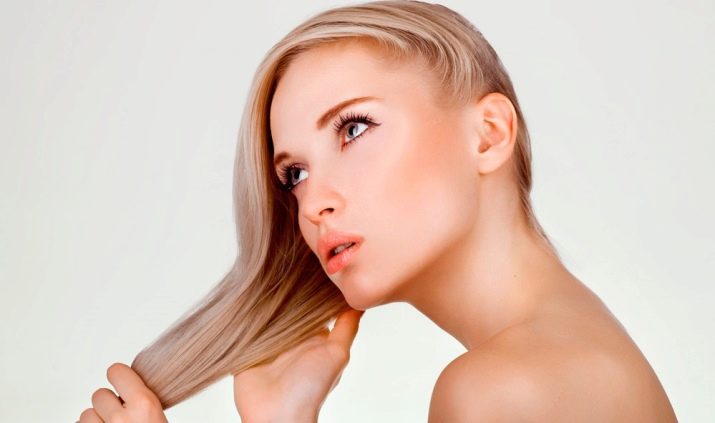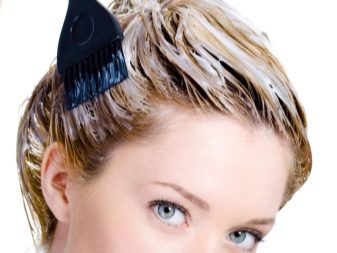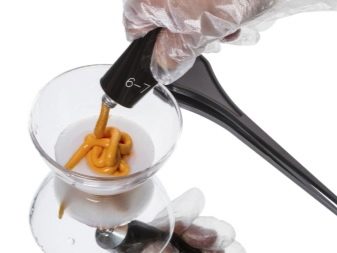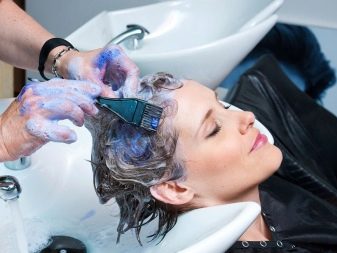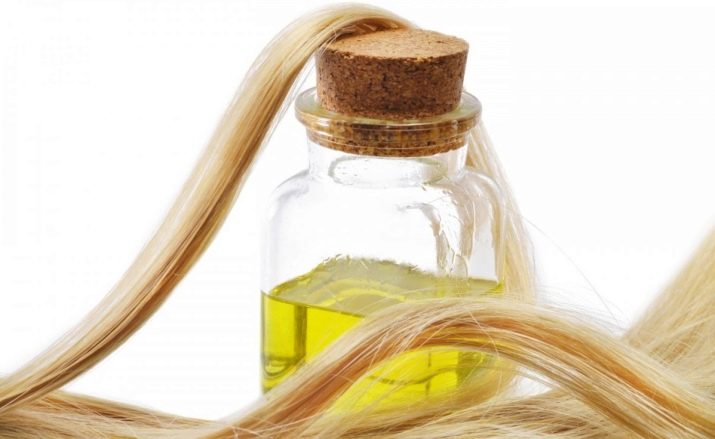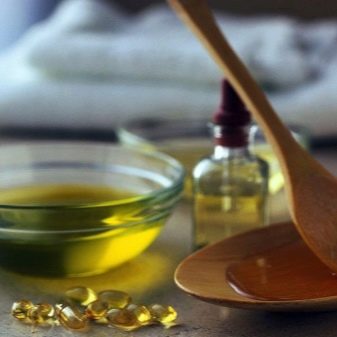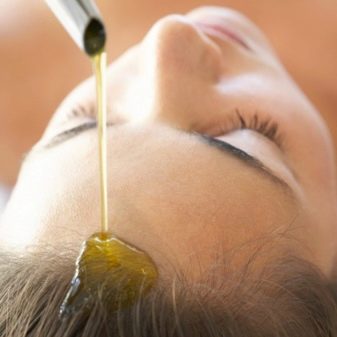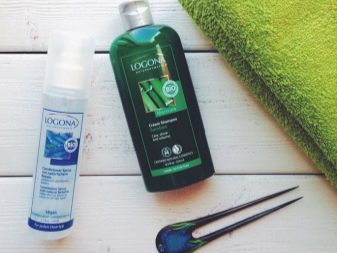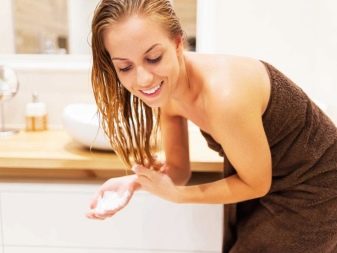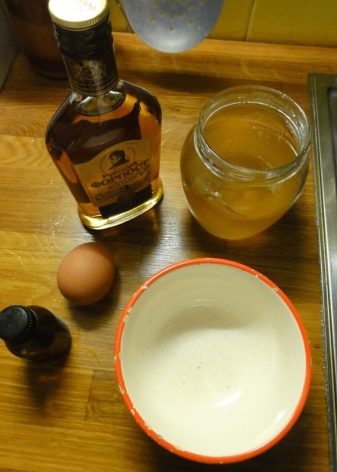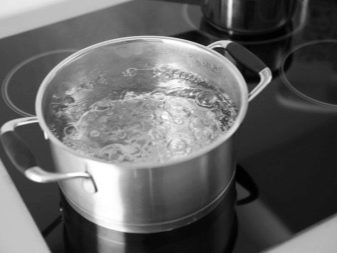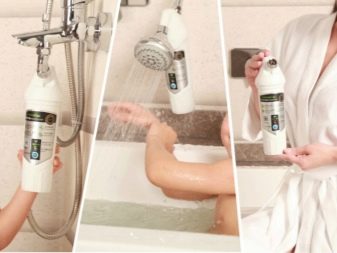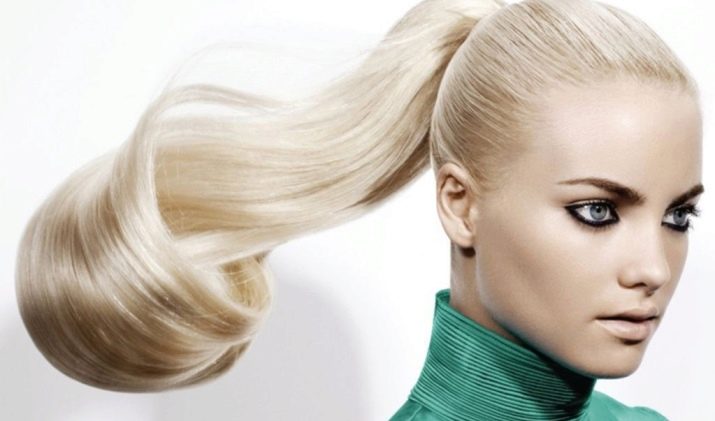It is no secret that bleaching hair is a very harmful procedure and spoils the quality of hair. But modern technology has made the compounds less toxic. It was they who gave the opportunity to try out the bleaching procedure of curls to almost all the girls of today. How to make discoloration and how to minimize the effects of hair damage, read this article.
What it is?
It is well known that hair bleaching technology consists in leaching pigment from curls. The amount of pigment, as well as its color, is individual for each person and is determined by the inherited set of genes. When the blond hair is discolored, a yellow pigment remains, and dark hair after it looks light-brown with an orange tint. Of course, such compounds can wash out and artificial pigments. In this case, the subsequent shade is difficult to predict if the painting was not done by a high-class master.
It is necessary to distinguish between two different procedures - lightening and bleaching. The first involves a partial leaching of the pigment, and the second - a complete leaching to a shade of "ash".
Departing from the topic, it is worth noting that bleached hair badly keeps the paint. In order to find and fix a new shade, you need at least 3 or 4 staining procedures.
Features discoloration during pregnancy
No matter how surprising it may be, but discoloration for pregnant women becomes much more relevant than for other women. It is during this period that the body gives all of its nutrient reserves to the baby, and the woman looks a little worse every day.
There are many hypotheses about the dangers of almost all hair-dye compositions on the fetus. But it is worth knowing that there is no scientific evidence of this.. Usually the chemicals contained in the compositions, if they are harmful, then immediately as for the mother's body, and the child.
Simply put, harm from the application of poor-quality products will affect women not in the position. But this applies only to budget or self-made products. Modern manufacturers, especially well-known brands with a good reputation, do not allow themselves to use formulations that adversely affect the body. In particular, the external influence of ammonia and hydrogen peroxide does not affect the body of the future mother and child.
Despite the likelihood of such reduced risks of exposure to dyes, it will be best to adhere to the following rules when bleaching hair:
- The procedure itself is best done during the second trimester. During this period, the risk of unforeseen situations is reduced, as the fetus is already fully grown.
- Use formulations with natural dyes only. A striking example of such a natural bleaching agent is white henna.
- Try or ask the master not to apply the mixture on the hair roots and even more so on the scalp.
- Avoid applying heavy metals. They are generally harmful to any organism.
By following these simple rules, you can reduce the harmful effects of substances on the body of the fetus. If you, of course, still doubt the infliction of irreparable harm to their health.Separately, it is worth noting the fact that drugs taken orally can have a much more tangible effect on the child than cosmetics, which is applied to the outer layers of the skin and its derivatives.
Advantages and disadvantages
Not very positive consequences of this procedure are many, here are some of them:
- High probability of getting burned hair. The alkaline environment of the composition has a negative effect on the hair scales, as a result of which they begin to unfold. This condition of each hair together and gives the effect of disheveled, thin hair.
- The compositions "wash off" the natural protection of the hair. As it became obvious, they become unprotected and lose their luster.
- The negative effect on the sebaceous glands of the scalp. The mixtures dry not only the hair, but also the skin, the penetration of which is almost inevitable during the procedure, if the hair is lightened from the roots. This, in turn, leads to the fact that the protective layer of the follicle ceases to be produced, as a result of which the curls may begin to fall out.
- Sometimes such procedures can be accompanied by unpleasant sensations, including itching, burning, and even light burns of the skin.
- The bleaching procedure requires a lot of time and money. Waste will continue after the procedure - for regular correction and care products.
But, as in any procedure, there are positive aspects:
- With the right choice of shade “cold / warm”, there is practically no representative of the fair sex, which would not have gone a light shade of hair.
- It looks equally good both on long hair and short.
- With a high level of product quality, the compositions perfectly cope with thin hair, without causing them severe damage, and with thick and tough curls.
- The procedure can be a "lifesaver" for owners of gray hair. Discoloration can completely hide gray hair.
- Reduces oily skin of the scalp and hair. If you are faced with the problem of a greasy head, then the discoloration will help not only to cope with this problem, but also to refresh the image.
In general, it must be said that discoloration is worth trying for all girls, especially if there is a financial opportunity to afford the work of a high-class master.
What is bleaching hair?
In a professional hairdressing environment, various means for bleaching hair are called the first group of dyes. One of the brightest representatives of this group is “paint” based on hydrogen peroxide (30%). In the composition of the "paint" peroxide should be used only with the catalyst - ammonia (3%).
The solution mixes in the following proportions: one part alcohol to three parts peroxide. It is worth remembering that alcohol accelerates the action of hydrogen peroxide, so if you add too much alcohol, then hydrogen peroxide will completely decompose into its constituents. Sometimes ammonia is replaced by ammonium bicarbonate. He is able to "remove" red or yellow color, which is a frequent consequence of discoloration. The ratio of hydrogen peroxide to ammonium is six to one.
Also, the composition for bleaching includes water (recommended temperature is about 50 degrees) and shampoo (not more than 60 grams per 100 grams of composition). When applied, this compound resembles a liquid cream, it acts on the hair and scalp relatively harmlessly, but the effect as a result does not always turn out to be expected and desired. This composition is easy to make at home.
Known for several decades and the very first means of bleaching hair are hydropermit tablets. They are a mixture of hydrogen peroxide and urea. Acts on the hair, this mixture is quite depressing, and leaves burns on the skin. Nevertheless, now it is still used, but only to lighten unwanted hairs on the body.
Hydroperite with long aging completely destroys the structure of the hair, which can be very desirable for hair on the body and face.
Finished powders do much better with their task to bleach hair. There are several brands whose products have received positive feedback.
- A rather well-known clarifier is Blondoran Special. The powder is mixed with hydrogen peroxide (6-12%) to a paste, and then applied to the hair. Used in the process of highlighting or full discoloration. Well "gets along" with all shades of hair. Does not require a long exposure, the maximum time is 50 minutes. Also received good reviews mixture "Blondoran-supra." It is quite similar to the previous product, has a minimal risk of damage to the hair.
- Other products of soft action, relatively affordable for every customer, - L'Oreal Blonde Supreme. It has a rather gentle effect on the hair. However, not quite suitable for dark hair.
- Another manufacturer - "Rokolor". Products of this brand can be attributed to the budget options. As much as possible keeps a natural hair color, at the same time making them lighter. Also suitable only for girls with blond hair.
If you need to lighten the hair in several tones, it is quite possible to do only by applying oxide. For this enough 6% concentration.
How often can the procedure be performed?
It should be immediately noted that the bleaching procedure cannot be repeated immediately after the previous procedure.
If the first time failed to achieve the desired shade, then the following procedure should be performed at least with a break after one or two weeks.
Sometimes the hair bleaching procedure is carried out only in order to get rid of the undesirable shade after unsuccessful painting. In this case, you also need to wait at least half a month after the first procedure, if you want to completely “wash off” the previous color.
When carrying out a simple and "home" procedure of lightening with lemon juice, in which you only need to mix lemon juice and water in equal proportions, and later apply it to your hair, you should not worry about the frequency of treatment.
The following bleaching procedure can be done half an hour after the last one.
Technology
The technology of applying the composition to the hair as a whole is not complicated, but requires care and accuracy, and sometimes speed. Before the procedure it is necessary to prepare the tools in advance: cotton swabs, a brush for applying paste and protective gloves.
The instruction includes the following steps:
- Since bleaching compounds can cause chemical burns, it is necessary to protect the skin as much as possible. Clothing will also require protection - for this it will be enough to cover the shoulders, and sometimes the neck, with a thick towel. The skin around the hairline, and especially the forehead and temples must be lubricated with a cream with high fat content.
- Now you can start breeding the mixture. It is necessary to mix all the ingredients quickly and in the correct proportions, since such compositions can lose their properties per minute or even decompose.
- Curls are carefully combed and divided into strands. It is recommended not to wash your hair for several days before the procedure, so that natural protection is formed on them.
- The main point - the application of the composition. If the hair is not previously discolored, then in this case, the composition is not applied to the roots. The optimal distance from the roots to the "line" of applying the mixture is 3-5 centimeters. Paste is applied carefully on each strand and evenly distributed throughout the length.
- After you have finished applying on the bulk of the hair, you must also apply the mixture on the hair.
- Hair to carefully comb and collect. Leave for 10 minutes.
- This step should be done to those who are not the first time doing hair coloring. It is necessary to apply the mixture on the roots of curls. Leave another 20 minutes.
- The penultimate stage is washing the mixture off the hair. It is best to do this with slightly warm water. After you need to wash the hair with a solution of lemon juice and vinegar (9%).
- The final step is to get rid of the moisture with a terry towel and comb the strands.
Sometimes hair toning is added to the procedure - to give a more natural or desired shade.
Professionals recommend applying the mixture starting from the curls on the back of my head and gradually moving towards the strands on the crown and temples. Also it is necessary to take into account the fact that for each composition the exposure time is different.
Especially it concerns ready mixes from manufacturers of professional products.
Possible problems
If you need to re-bleach the hair in a period of less than two weeks, it is recommended to apply a soft-action paint without ammonia content after the first procedure. This will reduce the subsequent effect of the clarifier. It is best to opt for honey or golden shades. Also used dyes with purple pigment. As a rule, owners of dark hair, for whom the transformation, for example, into a “platinum blond”, is very difficult from the first procedure, encounters such a situation.
Hair lightening can become even more problematic if the hair was regularly painted with persistent dark colors before. Sometimes in such cases, after the lightening procedure, the hair may become red, pink or acquire a pronounced green tint. The best option would be toned such hair, and after two weeks to do the procedure of lightening.
So that the hair simply does not fall off, especially after repeated procedures, It is necessary to make a thorough daily care within a month after the last procedure. More on this talk below.
If the hair falls out after bleaching, then it is necessary to take more seriously the subsequent care. To do this, apply a special mask, which includes castor and burdock oil. Coconut oil use will be useful.
It is necessary to mix all the ingredients in equal proportions and reheat in a water bath, and then rub into the hair roots. Then the hair is covered with a bag and kept warm (in a towel) for several hours (from two to full night). This mask is easily washed off with shampoo and water. Usually, hair loss is characteristic of initially fragile, dry and heavily damaged hair.
Care
In this section we will talk about general care for any hair that needs to be done after this procedure. If for hair that has not been exposed to any formulations, care is optional, but still desirable, for hair that has undergone the lightening procedure, it is simply necessary. Basic care - regular application of masks and balms. It is also necessary to purchase shampoos without sulfate content.
Positive feedback received a homemade mask of olive oil, yolk, honey and brandy. All ingredients must be mixed in the amount of 1 tablespoon and one piece (for the yolk).
Such a mask should be “kept warm” on the head for a couple of hours, and then washed off with non-hot water.
Try as much as possible to negate the effect of various heat exposure. It is best to wash your hair with soft water, and not from the tap. For this it will be enough to boil it. Now there are special water filters that soften water with chlorine.
In conclusion, it should be said that the demand for the hair bleaching procedure is growing every year. In addition, there is, perhaps, no modern stylist who does not advise a little to lighten the hair of each of the fair sex.
Hair bleaching is a very delicate and time-consuming process. The video below shows a technique that will help evenly discolor the roots that have grown more than 2 cm. It is necessary to know this, because if the bleaching mixture is applied directly to the entire treated area, then in the root area (1-1.5 cm) the curls will brighten more and a white bar will appear, which will subsequently cause problems.
